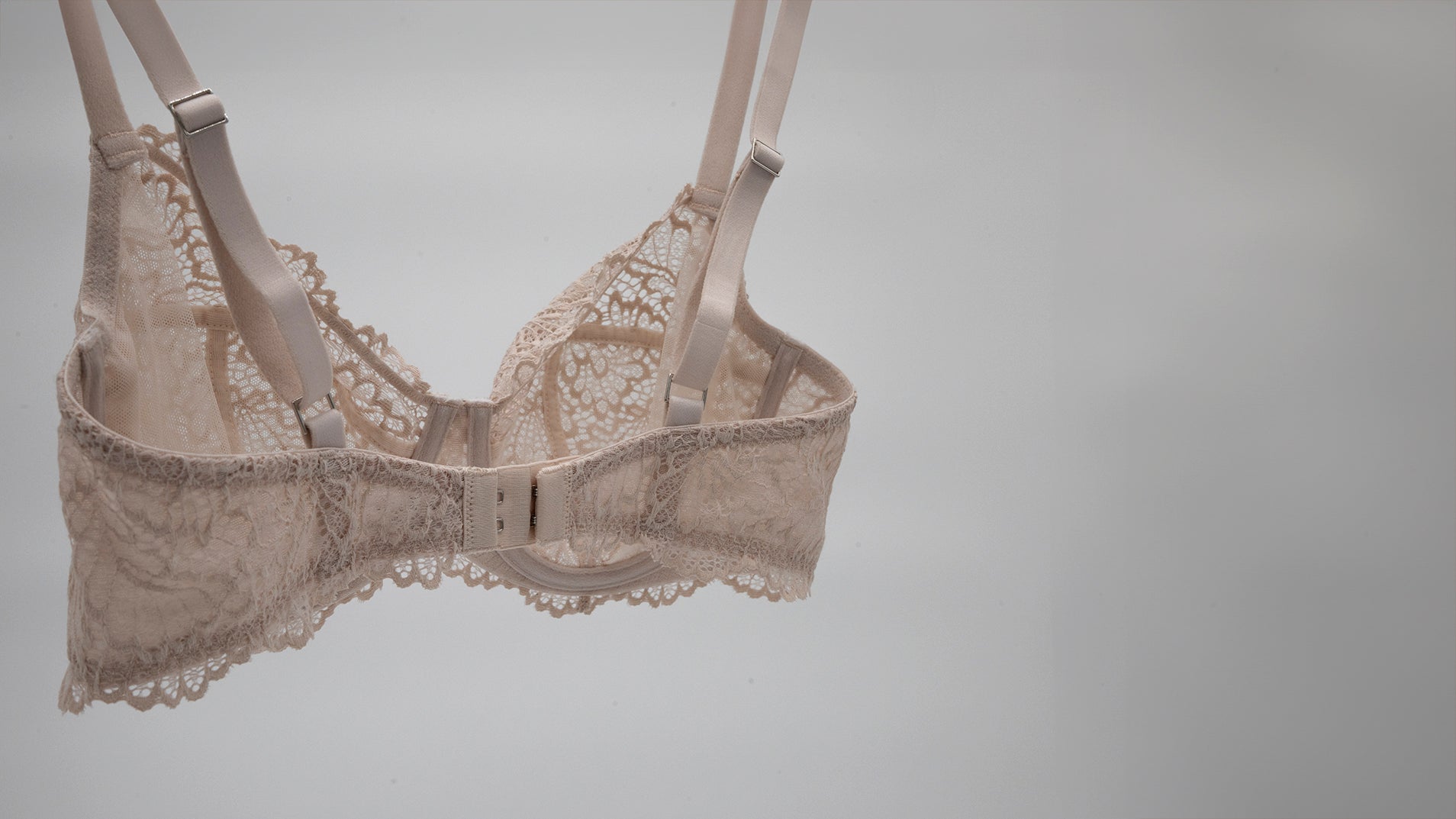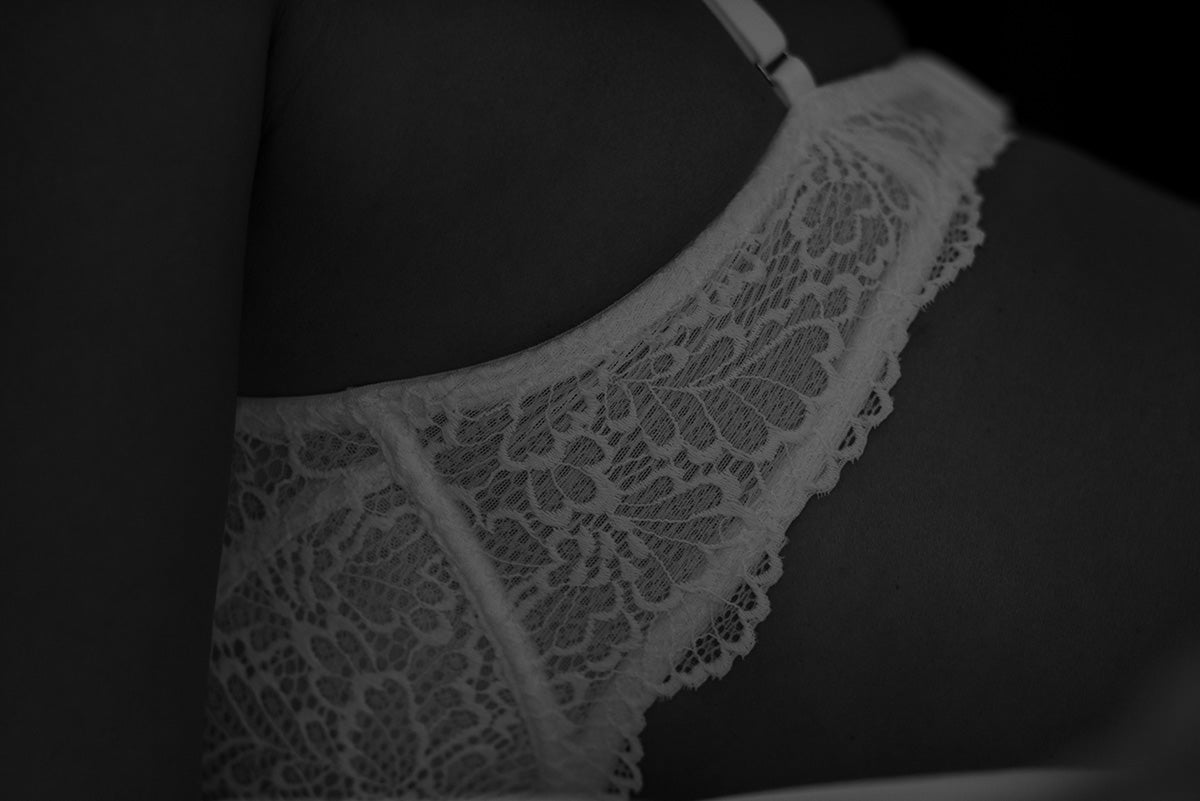Understand the Basics of Bra Sizing
Bra sizes are composed of a number and a letter. The number refers to the band size, which is the circumference of your body just under your bust. The letter represents the cup size, which is the volume of your breast. Remember, both elements are equally important in finding a bra that fits correctly.
Measure Yourself Correctly
- Band Size: Using a soft measuring tape, measure around your ribcage, right under your bust. Ensure the tape is snug but not tight. Round the number to the nearest whole number. If it's an even number, add four inches. If it's odd, add five inches. This adjusted number is your band size.
- Cup Size: Measure around the fullest part of your bust, ensuring the tape is straight across your back. Subtract your band measurement from this bust measurement. The difference in inches determines your cup size, typically one inch per cup size starting with A.
Seek Professional Fitting
While measuring yourself gives a good starting point, a professional fitting offers the most accurate sizing. Experts, like the “bra whisperer” mentioned earlier, assess not just size but the shape and distribution of your breast tissue. They can recommend the best styles for your body, ensuring both comfort and support.
Understand the Signs of a Poor Fit
Knowing when a bra doesn't fit is as crucial as finding the right size. Look out for:
- Gapping cups, indicating the cup size is too big.
- Overflowing breasts, suggesting the cup size is too small.
- A band that rides up your back means the band size is too large.
- Shoulder straps digging in could indicate that the band isn't providing enough support, placing too much pressure on the straps.
Fitting to the Fuller Breast
If you have asymmetrical breasts, always fit to the larger breast. A bra that fits your larger breast without spilling or gapping ensures a smoother silhouette. For the smaller breast, you can adjust the strap for a snugger fit or use inserts for balance.
The Importance of the Scoop and Swoop
Properly putting on your bra affects how it fits. Lean forward when putting on your bra, allowing your breasts to fall into the cups. Then, stand up and scoop each breast fully into the cup, ensuring no tissue is left under the band. This technique helps in determining the right cup size and provides maximum support.
Regular Fit Checks
Your bra size can change due to weight fluctuations, exercise, pregnancy, or hormonal changes. It's advisable to have a fitting every 6-12 months to ensure your bras are still providing the correct support. Additionally, bras lose elasticity over time, so they need to be replaced when they no longer fit as they should.
Finding the correct size bra is essential for daily comfort and long-term health. By understanding how to measure yourself, recognizing the signs of a poor fit, and seeking professional advice, you can ensure that your bras provide the support and comfort you need. Remember, the perfect fit is out there, and it's worth the effort to find it.

